When most of us think of Antalya, we think of long sandy beaches and warm, blue waters. But during these scorching summer months when the coastline becomes nothing more than rows of beach chairs, the best part of the province of Antalya is that above 1000 meters. The Teke Peninsula (made up of modern-day Antalya, and parts of Muğla, and Burdur provinces) juts out into the Mediterranean, while four ridges run from its northeast to southwestern border, roughly comprising the western portion of the Taurus Mountains. In ancient times, the Lycians used this extreme geography to their advantage, building cities up high, safe from attack, with elaborate stone paved roads zigzagging their way down to coastal trade ports. After the arrival of nomadic Turkic peoples, this topographical diversity was utilized once again. Just before the high plateaus became covered with snow in winter, these semi-nomadic shepherds would move their flocks down to lower altitudes where fresh grasses and mild temperatures suited their animals. When the coastal temperatures rose and the plants dried out in summer, they would once again ascend to the cool, green highlands. Even today we can use this to our advantage, visiting the stunning mountainous areas of the region when the seaside is hot and crowded, just like modern-day nomads.
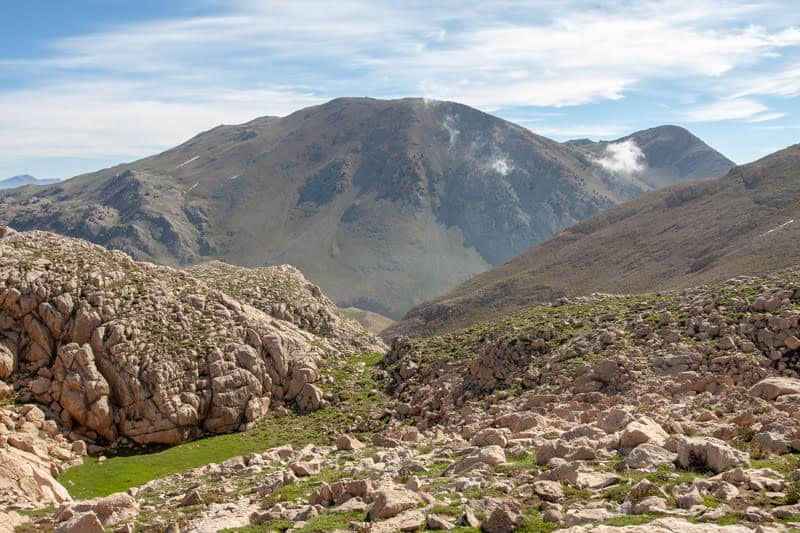
Getting to Antalya couldn’t be simpler with multiple bus companies and airline tickets available from all major cities daily. But, with little tourism infrastructure or public transportation in the mountains, I recommend obtaining a car, a rental or otherwise. Since you have a car, you might as well throw a tent in the back too. There are some hotels in Gömbe and Elmalı, and a few rooms on Airbnb throughout the area, but it’s always best to be prepared to camp. Speaking of preparation, finding markets and food shouldn’t be too much of a problem unless you plan on doing some longer hikes or wild camping. It never hurts to have some emergency snacks on hand though; I can’t tell you how many times a handful of peanuts have veritably saved my life.
Gömbe
Just a 60 km drive from Kaş, winding up through pine and cedar forests, Gömbe is becoming more popular among the affluent “Summer Villa” crowd, so there are some nice accommodation options available. The real highlight of Gömbe is a walk around the Green Lake (Yeşilgöl), located less than 10 km from the center of town. Turning left at the Yeşilgöl sign off of the road running west out of town, you’ll keep driving until you come to a wide, flat area that I guess some might call an unpaved parking lot. From here walk straight, along the path until the waterfall, uphill until the distinctive color of the Green Lake emerges, and down to the lakeside before returning to the starting point. In just 5 km you’ll have seen a rushing waterfall, crazy mountain views, a picturesque high-altitude lake, and be rejoicing in the fact that you went for a hike in summer without feeling the need to dunk your head in ice water. For those of us who won’t stop at 5k, this is also a popular starting point for the trek up to the peak of Akdağ or Uyluk Tepe, the 3024m, seasonally snow-covered peak towering over the entire region.
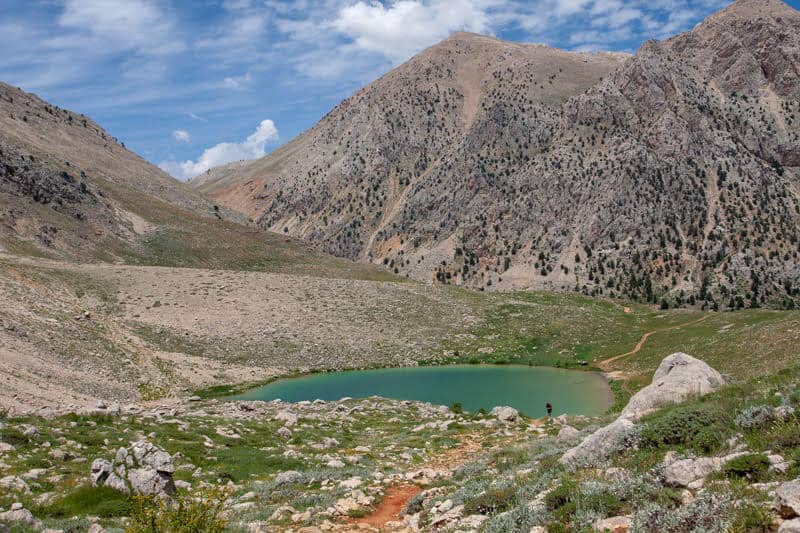
Elmalı
The simple city of Elmalı surprised me the most. Sitting at over 1000 meters, Elmalı’s well-preserved traditional architecture, rich archaeology, rushing streams and forested peaks, all combine to make a picturesque city where the traditional way-of-life has been more or less preserved. The best part is, you’ll feel like you’ve uncovered some secret destination, as there will probably be no other tourists in sight. Spend a few hours just walking around the narrow, sloping streets to see the traditional houses that have become nearly extinct from coastal Antalya. In the town center there are many shops selling sweets, local roasted tahini, traditional handicrafts, and of course, the indispensable Chinese-made plastic hardware found in every Turkish market. The local museum requires just a 5 TL entrance fee, and is packed with archaeological artifacts; much better than you’d expect for a place with seemingly no visitors.
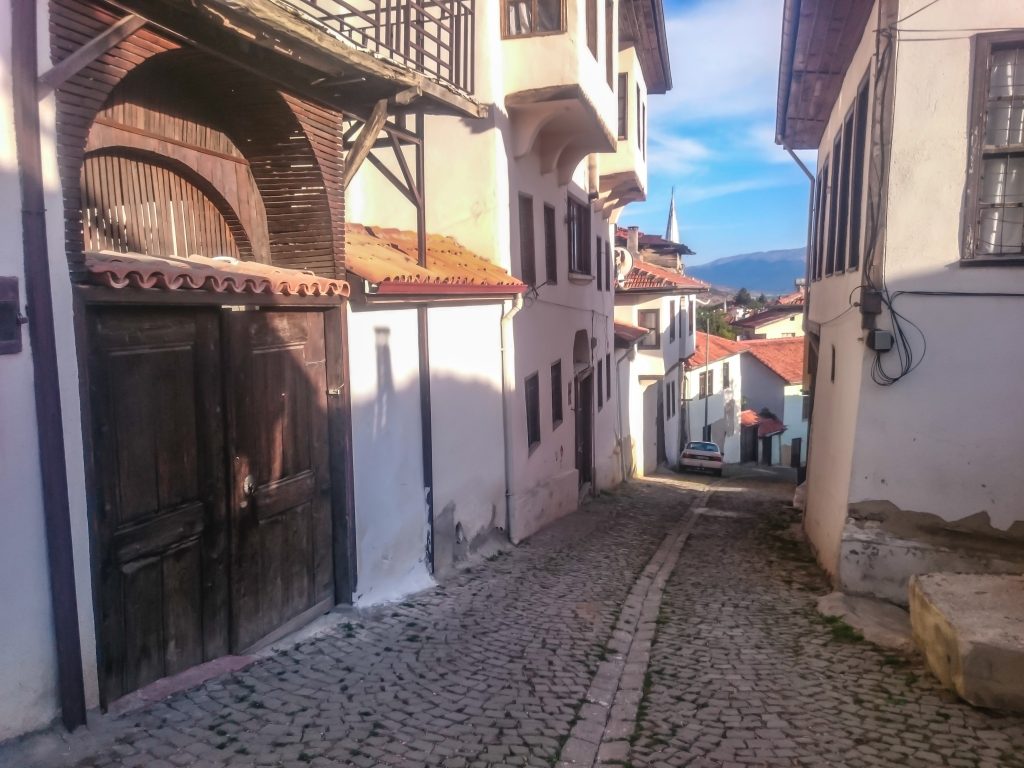
Being at such a high altitude, the climate of Elmalı also changes dramatically (about 40 degrees difference) from summer to winter, which is perfect for fruit cultivation. As its name suggests, a substantial amount of Turkey’s apples are grown here. The region has also historically grown many varieties of endemic grapes, and by grapes, I mean WINE GRAPES. You can hear all about it, and buy a bunch of wine at the “Lykia Şarabı” factory, located just outside Elmalı itself. They also let you peak inside the inner workings and visit the nearby vineyard.
Cedar Research Forest
Heading back down from Elmalı, continue towards Finike; you’ll see a sign reading “Sedir Araştırma Ormanı” or Cedar Research Forest. If you’ve ever dreamed of finding yourself alone in pine-scented, wildflower-filled meadows of wild horses, I’d recommend a visit here. Arriving at the entrance to the forest, you’ll have to chat up the guard and convince him that you’re not there to commit arson before he opens the gate. The follow the signs for “Cam kuyuları”, weaving over the hills, feeling the cool breeze whistle through the cedars, seeing seemingly ancient, granddaddy trees, until finally arriving at a large meadow with a long, wooden building. If you’re lucky the wild horses (or wild enough at this point) will be trotting happily around. If you’re unlucky, one might be a little bit too curious, come running towards you, and you’ll have to scream and do some crazy arm flailing to scare it off. I speak from experience. Anyway, this building apparently belongs to a local mountaineering club, as this is the starting point for the climb up Kızlar Sivrisi, the highest point in the Beydağlar range at 3086m.
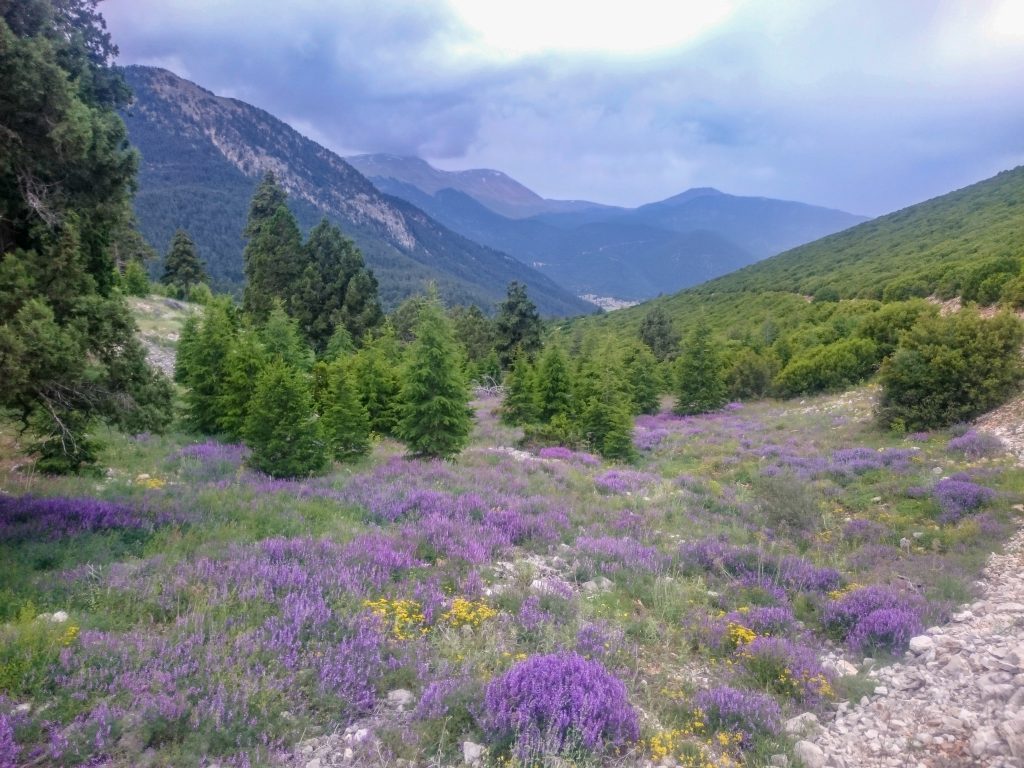
Arykanda
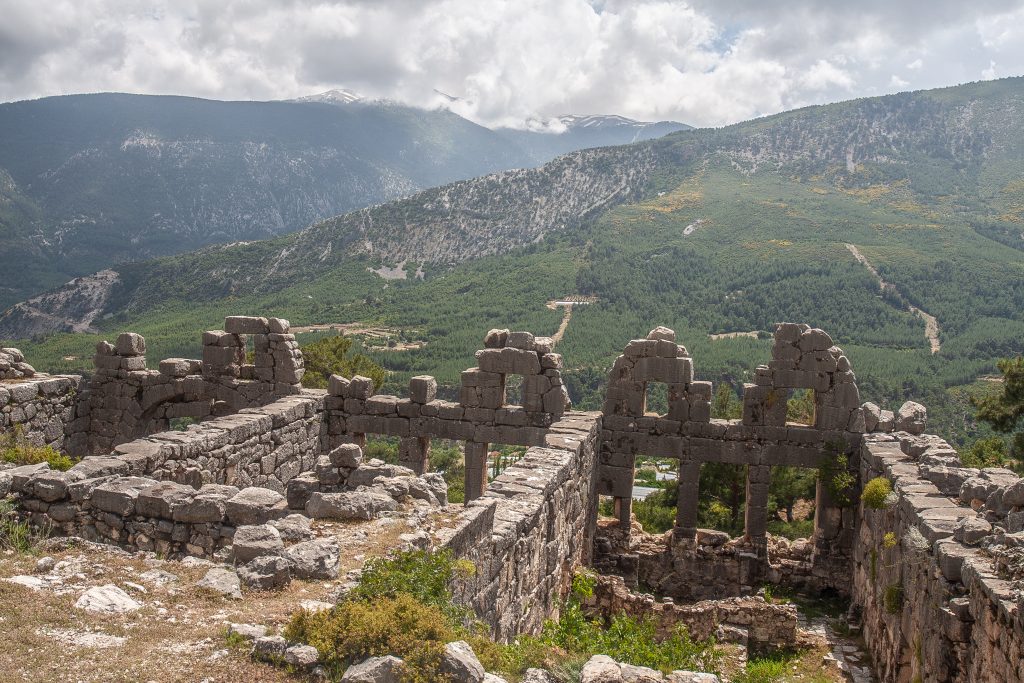
Actually this whole region is full of impressive ruins, but one of the best is probably Arykanda, located north of Finike, on the highway running down from Elmalı. The entrance to the ancient city is unmistakable thanks to the nearby villagers who sell all manner of beautiful local fruit, snacks, and tea around a gushing spring just nearby. Arykanda is thought to be one of the oldest Lycian cities, as the “anda” ending is indicative of purely Anatolian origin. Thanks to its high and inaccessible location, many of the large, original structures have remained intact; after paying the 5 TL entrance fee, set aside at least an hour or two to explore the ruins. The citizens of Arykanda were renowned as decadence and pleasure-loving party animals (and also in a lot of debt), the Las Vegas of ancient Lycia.
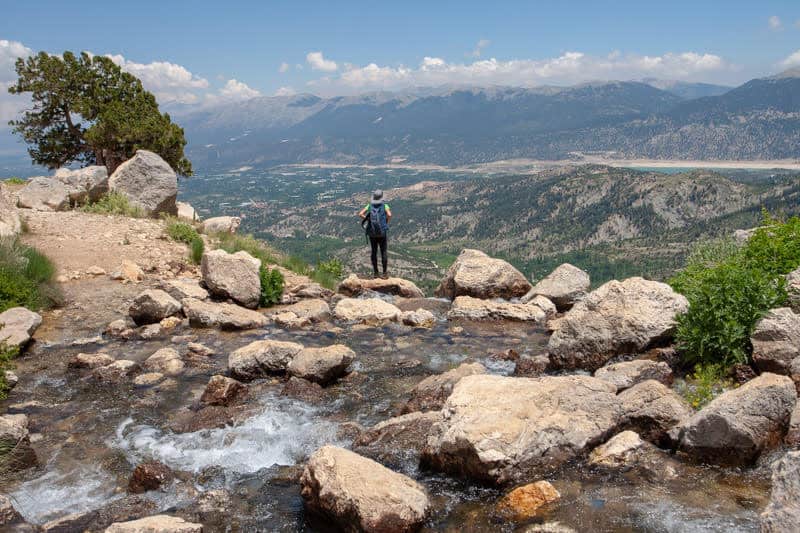
So there you have it: a tour through the backstreets between Kaş and Finike. When the steam rises off the sea and the beaches are covered in more bodies than sand, at least we can escape to the mountains, breath in the cool fresh air, and feel like real explorers.









